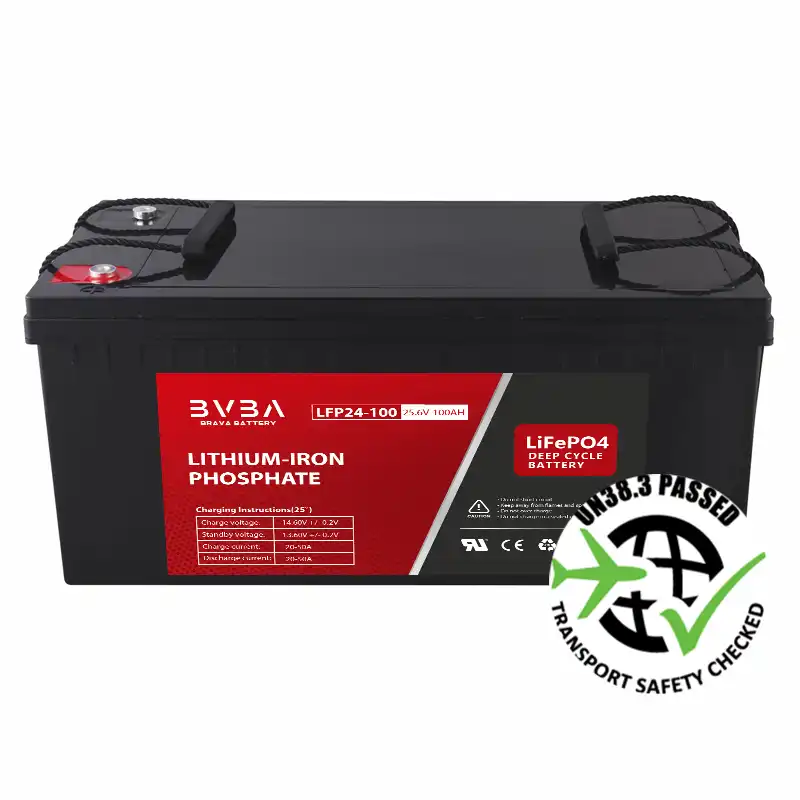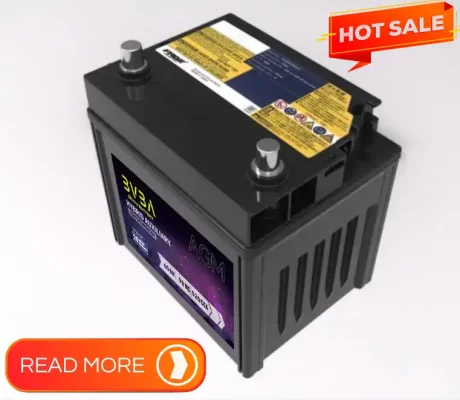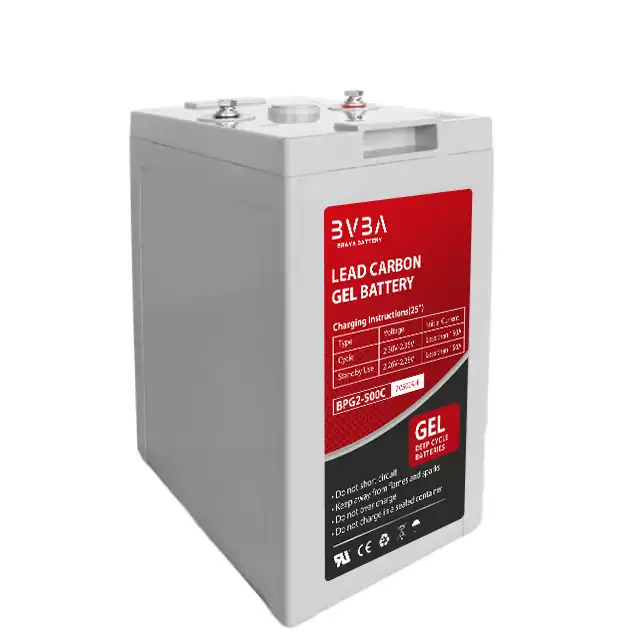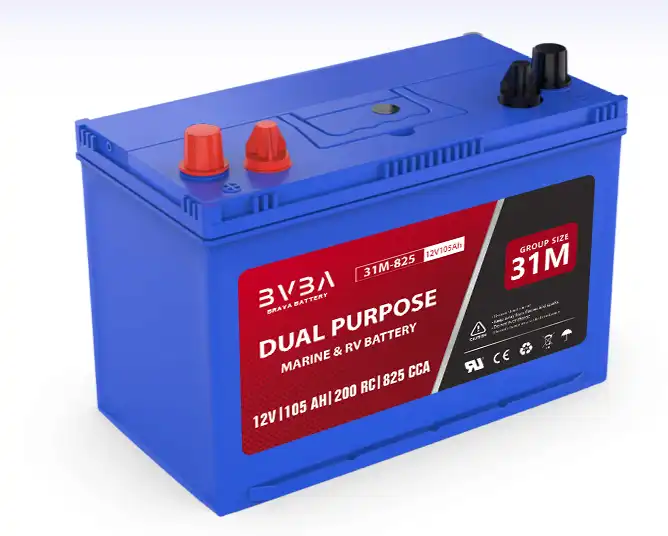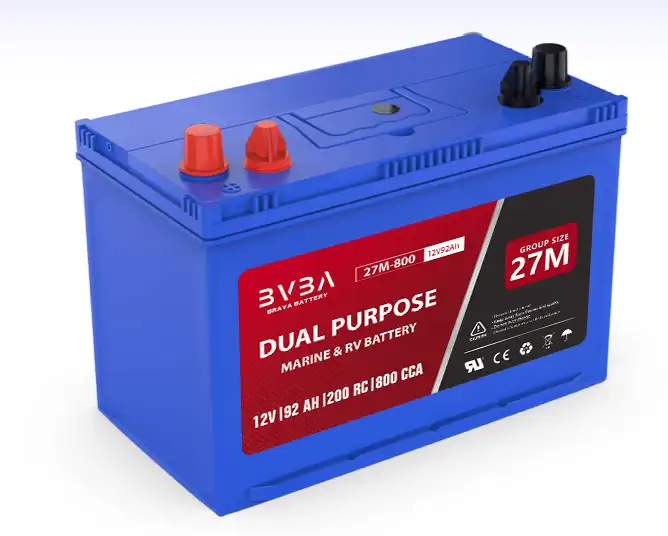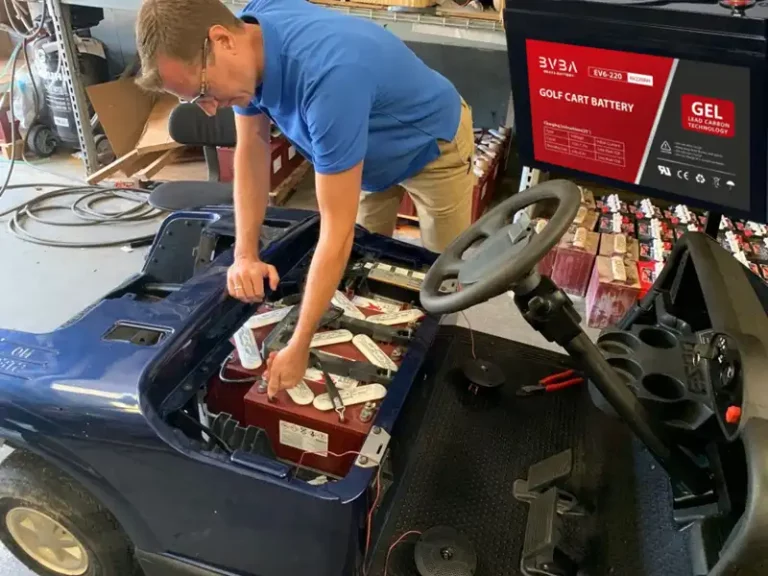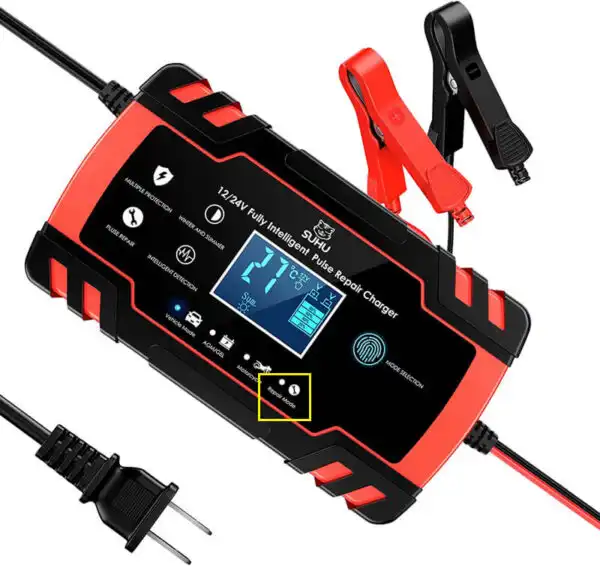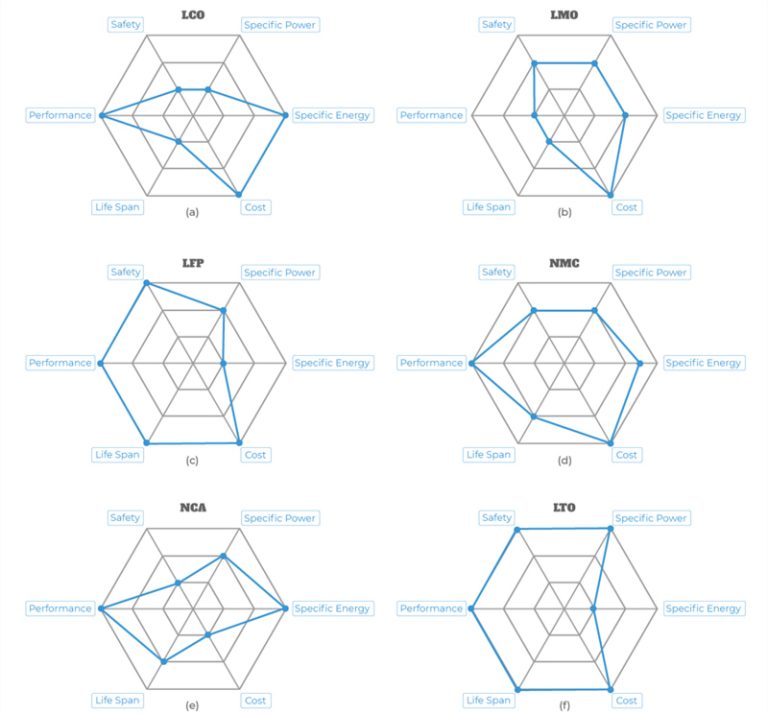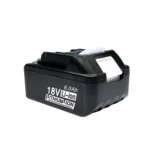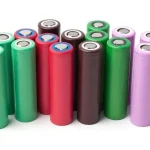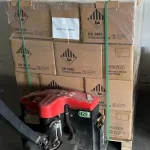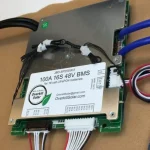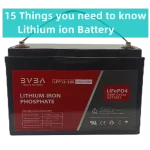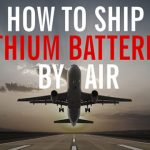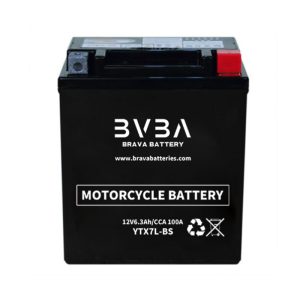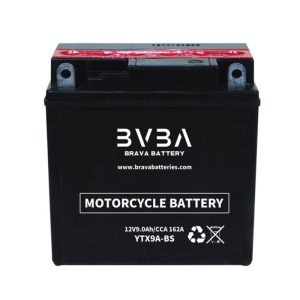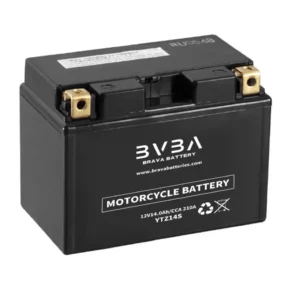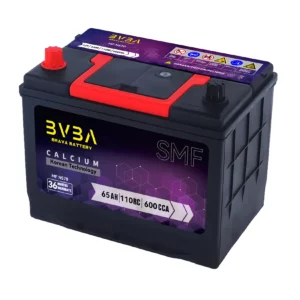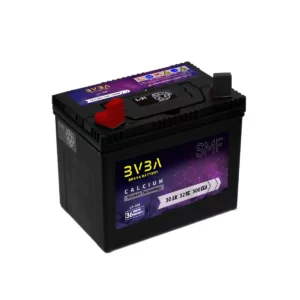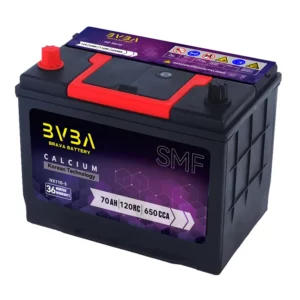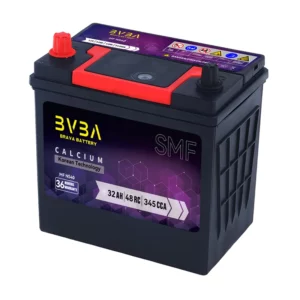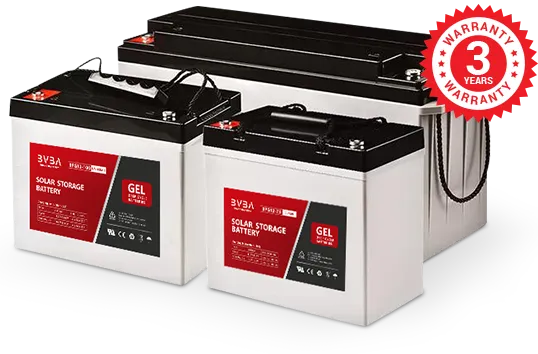Batteries are dangerous in use and transport, according to the relevant provisions of the IATA Dangerous Goods Code, the rechargeable lithium batteries have been developed as a code of practice, i.e. UN38.3 test, UN38.3 is the battery safety performance test report, UN38.3 is used in air transport and normal daily use and storage.
The battery UN38.3 test (battery safety performance test) has become a mandatory test report to be submitted when transporting lithium batteries. A full set of safety performance tests are conducted on all types of batteries according to various domestic and international standards.
So is there any short sentense to get a general idea of the testing?
Yes, UN38.3 refers to Part 3, paragraph 38.3 of the United Nations Manual of Tests and Criteria for the Transport of Dangerous Goods, which requires lithium batteries to pass height simulation, high and low temperature cycling, vibration test, shock test, external short circuit at 55°C, impact test, overcharge test, and forced discharge test before transportation to ensure the safety of lithium batteries.
So which products are required to get UN 38.3 certificate?
Here is the list of UN38.3 Certified product range.
1、All kinds of lead-acid batteries (such as lead-acid batteries for starting cars, fixed lead-acid batteries, small valve-controlled sealed lead-acid batteries, etc.).
2, Various power rechargeable batteries (such as power car batteries, electric road vehicle batteries, power tool batteries, hybrid vehicle batteries, etc.).
3, Various mobile phone batteries (such as lithium-ion batteries, lithium-polymer batteries, nickel-metal hydride batteries, etc.).
4, All kinds of small secondary batteries (such as laptop batteries, digital camera batteries, camcorder batteries, various cylindrical batteries, wireless communication batteries, portable DVD batteries, CD and MP3 player batteries, etc.).
5. Various primary batteries (such as alkaline zinc-manganese batteries, lithium manganese batteries, etc.).
Note: According to IATA DGR manual, the battery must pass UN38.3 test when transported as general cargo or dangerous goods, and then according to the lithium content (lithium metal battery) or watt-hour (lithium ion battery).
Detailed procedure for applying for UN38.3 certification for lithium batteries (third-party testing organization)
Step 1: Fill in the application form for UN38.3 certification for lithium batteries.
Step 2: Sign up with a third-party testing organization for lithium-ion battery products, based on the test items and specific types of lithium-ion batteries.
Step 3: Test the lithium battery sample, the enterprise sends the lithium battery sample to a third-party testing organization, which will complete the testing of the lithium battery product.
Step 4: If the lithium battery product can pass the product testing process by a third-party testing organization and does not need to be returned to the factory for rectification, it will receive a product testing qualification report.
Step 5: Apply for UN38.3 certification, after the completion of the audit, the third-party testing organization will issue the UN38.3 certification appraisal certificate.
UN38.3 test items
T.1 High simulation test T.2 Thermal test T.3 Vibration test T.4 Shock test T.5 External short circuit test T.6 Crash test T.7 Overcharge test T.8 Forced discharge test
Criteria for passing the judgement test (short answer)
a. T.1 – T.4 No loss of mass, no leakage, no outgassing, no disintegration, no rupture, no ignition and an open circuit voltage of not less than 90% of the pre-test voltage.
b. T.5 – T.6 no surface temperature exceeding 170°C and no disintegration, rupture or ignition within 6 hours of testing.
c. T.7 – T.8 No disintegration or ignition within 7 days of testing.
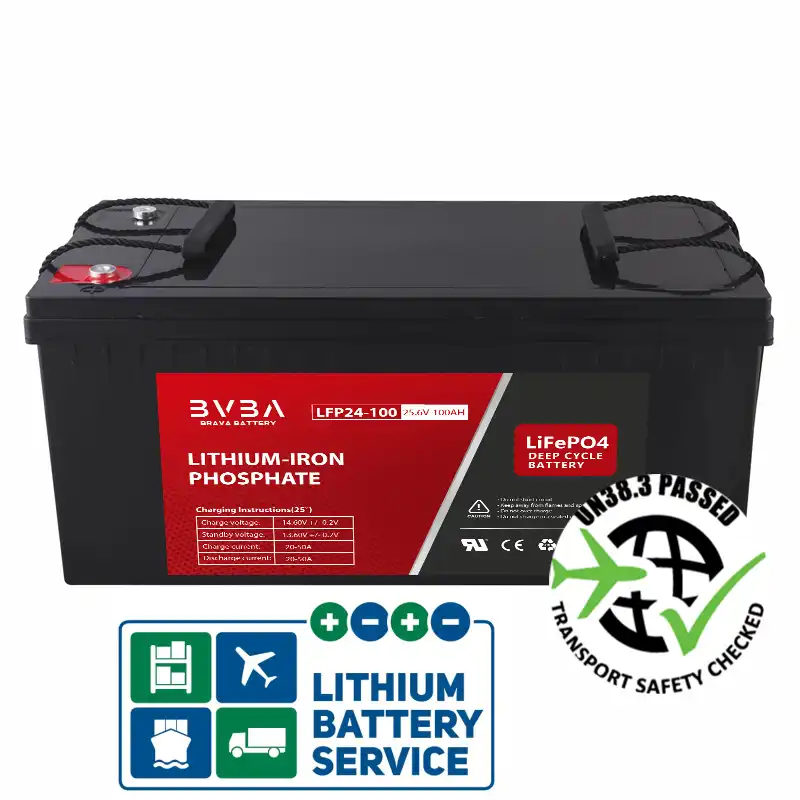
UN 38.3 Testing Standards
The UN 38.3 test is divided into a total of eight items, namely: 1. an altitude simulation test, 2. a thermal test, 3. a vibration test, 4. an impact test, 5. an external short circuit test, 6. an impact test, 7. an overcharge test, and 8. a forced discharge test, which is used to simulate the environment and possible hazardous conditions of air transport.
T.1 High simulation test: under pressure ≤ 11.6kPa, temperature 20±5 ℃, storage for more than 6 hours, no leakage, exhaust, disintegration, rupture, combustion.
T.2 Thermal Test: High and low temperature impact test at 72±2℃ and -40±2℃, storage time ≥6h in limit temperature, high and low temperature conversion time ≤30min, 10 impacts, 24h at room temperature (20±5℃), total test time at least one week.
T.3 vibration test: a reciprocal swept logarithmic sine vibration from 7Hz to 200Hz within 15min, 12 vibrations in the three-dimensional direction within 3h.
The logarithmic sweep was to maintain a maximum acceleration of 1 gn starting at 7 Hz until the frequency reached 18 Hz. The amplitude is then kept at 0.8 mm (total offset 1.6 mm) and the frequency is increased until a maximum acceleration of 8 gn (frequency of about 50 Hz) is reached. The maximum acceleration was held at 8gn until the frequency was increased to 200 Hz.
T.4 shock test: 150 g, 6 ms or 50 g, 11 ms half-sine shocks, 3 times in each installation direction, for a total of 18 shocks.
T.5 External short circuit test: Under the condition of 55±2℃ and external resistance <0.1Ω, the short circuit time will last until 1h after the battery temperature returns to 55±2℃.
T.6 Crash test: 9.1kg weight falls on the battery with 15.8mm round bar from a height of 61±2.5cm to check the surface temperature of the battery.
T.7 Overcharge test: Under the condition of 2 times of the maximum continuous charging current and 2 times of the maximum charging voltage, overcharge the battery for 24h.
T.8 Forced discharge test: The battery is discharged in series with a 12V DC power supply at the maximum discharge current.
In a word, UN38.3 is a highly targeted test to ensure that under no circumstances can the lithium battery leak, leak, disintegrate, rupture, or catch fire, posing a hazard to air transport. If the lithium batteries are not installed with the equipment and more than 24 cells or 12 batteries are contained in each package, the lithium batteries must also pass the 1.2m drop test.
Criteria for passing the lithium battery drop test
(a) In tests T.1 to T.6, there is no disintegration or fire.
(b) The effluent is not a toxic, flammable or corrosive substance in tests T.1, T.2 and T.5.
1> No outgassing or leakage is observed by visual inspection.
2> There is no outgassing or leakage resulting in a loss of mass in excess of that shown in Table 38.3.4.7.1.
(c) In tests T.3 and T.6, the effluent is not a toxic or corrosive substance.
1> No outgassing or seepage is observed on visual inspection.
2) There is no outgassing or leakage resulting in weight loss in excess of that shown in Table 38.3.4.7.1.
Common problems in testing
The UN38.3 test is prone to battery expansion, even in the case of individual manufacturers. In particular, the thermal test, external short circuit test, and overcharge test are the most prone to battery swelling problems.
Overcharge test in 2 times the continuous charging current and 2 times the charging voltage conditions, the battery overcharge 24h. battery in the charging process, the organic liquid is easy to produce gas, leading to battery expansion. A prolonged period of high voltage inside the battery is also likely to result.
Lithium battery UN38.3 application forms.
1、Battery Sample (battery 18+cell 25), label information includes Voltage, rated capacity, watt-hour (WH), and model number .
2、ISO quality system document (or business license + quality system statement + quality manual) for the applicant and manufacturer.
3、 Application forms and specifications
4、letter of attorney + transportation statement
a) Fill in the forms according to the detailed requirements, all document needs to be the original along with applicant company’s seal and signature.
b) in case when the applicant and the manufacturer are different, an extra quality system statement is required
5, layer by layer to open the packaging picture information
a) Photo inside the box (should clearly reflect the label markings);
b) photo of the outside of the packaging box;
c) photo of the equipment;
d) photo of the battery packaged with the equipment or a photo of the battery mounted on the equipment
Note: 1. UN38.3+1.2M drop test is required for battery transport alone or with equipment; 2. If battery is installed in equipment, only UN38.3 is required.
6 DGM Certificate of Authentication Form (Issuance of air shipment report)
UN38.3 Validity of certification
Effective for the current calender year only.
As required by civil aviation regulations, airlines and airport cargo receiving and handling departments shall review the shipping documents for lithium batteries, the most important of which is the UN38.3 safety test report for each type of lithium battery. The report can be provided by the third party testing organization designated by civil aviation or by the battery manufacturer with testing capability. Failure to provide this test report will result in a ban on air transport of lithium batteries by civil aviation.
Un 38.3 reports and MSDS are required regardless of whether lithium batteries are shipped by sea or by air. Many customers would feel confused about then.
The differences between the un38.3 test report and the MSDS test report
1. Different Meanings
UN 38.3 is a test standard issued by IATA. The full name is the United Nations Dangerous Goods Transport Test and Standard Manual, Part 3 38.3, that is, To ensure the safety transportation of lithium battery,the lithium battery must pass a series of testing, like high simulation, high and low temperature cycle, vibration test, impact test, 55 degrees C short circuit, impact test, overcharge test, compulsory discharge test .
If the lithium battery is not installed with the device and each package contains more than 24 cells or 12 batteries, an extra 1.2 m drop test must also be passed.
MSDS is an acronym for Material Safety Data Sheet ( also short for SDS). The MSDS report is a document used by chemical manufacturers and importers to clarify the physical and chemical properties of chemicals (e.g. pH, flash point, flammability, reaction activity, etc.) and possible hazards to the health of users (e.g. irritation, toxicity, carcinogenicity, teratogenicity, PH value, flash point, flammability, reaction activity, etc.), including the chemical’s physical and chemical parameters, explosive properties, hazards to health, safe use of storage, leakage disposal, first aid measures, etc.
2. Different Test Requirements
1, UN 38.3: Before the lithium battery is required to be transported, it is necessary to pass the high simulation, high and low temperature cycle, vibration test, impact test, short circuit outside 55 degrees C, impact test, overcharge test, compulsory discharge test, in order to ensure the safety of lithium battery transportation. In particular, the high and low temperature impact test was carried out at 72±2 degrees C and -40±2 degrees C, the storage time ≥6h, the high and low temperature conversion time ≤30min, the impact 10 times, the room temperature (20±5 degrees C) storage 24h, the total test time is at least one week,
2, MSDS test report: also known as SDS (Safety Data sheet), provides chemical physical and chemical parameters, explosion performance, health hazards, safe use of storage, leak disposal, first aid measures and related laws and regulations and other 16 content.
3. Different Supervision
1. UN 38.3: In accordance with the requirements of civil aviation regulations, airlines and airport cargo collection departments should carry out a review of lithium batteries transport documents, the most important is each model of lithium battery UN38.3 safety inspection report.
2, MSDS test report: MSDS quality is an important indicator of a company’s strength, image and management level, high-quality chemical products equipped with high-quality MSDS. At present, the United States, Japan, the European Union and other developed countries have generally established and implemented msDS system, requiring manufacturers of hazardous chemicals in the sale, transport or export of their products, while providing a product safety instructions.
PS: It is important to note that UN38.3 needs to be tested by a designated qualified third-party testing company, and MSDS can be handed over to a third-party testing company or issued by the factory itself.
4. Different Issuing Authorities
UN38.3 is a highly targeted test to ensure that lithium batteries under no circumstances leakage, leakage, disintegration, rupture, fire and other conditions, causing danger to air transport, generally requires a third-party testing agency, and most airports or aviation regulatory agencies will appoint a third-party agency.
MSDS is a material safety manual, can be prepared by the factory itself, can also be issued by a third party, it is based on chemical composition, focus on storage, transportation, etc. for reference, MSDS is a chemical manual, for the product is very broad, and do not need to test To provide information, MSDS is a chemical safety technical manual, not mandatory, but production enterprises should be with chemical products to provide users with safety instructions, so that users understand the chemical-related hazards, use can take the initiative to protect, play a role in reducing occupational hazards and preventing chemical accidents.
More Related Products Lithium Batteries Series

